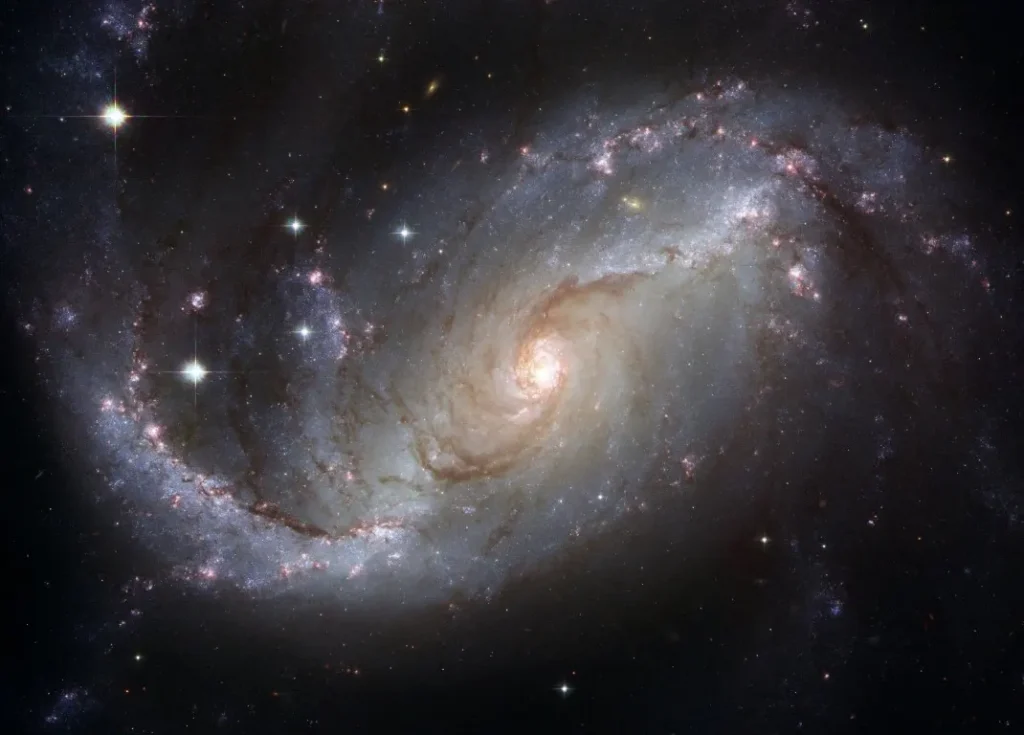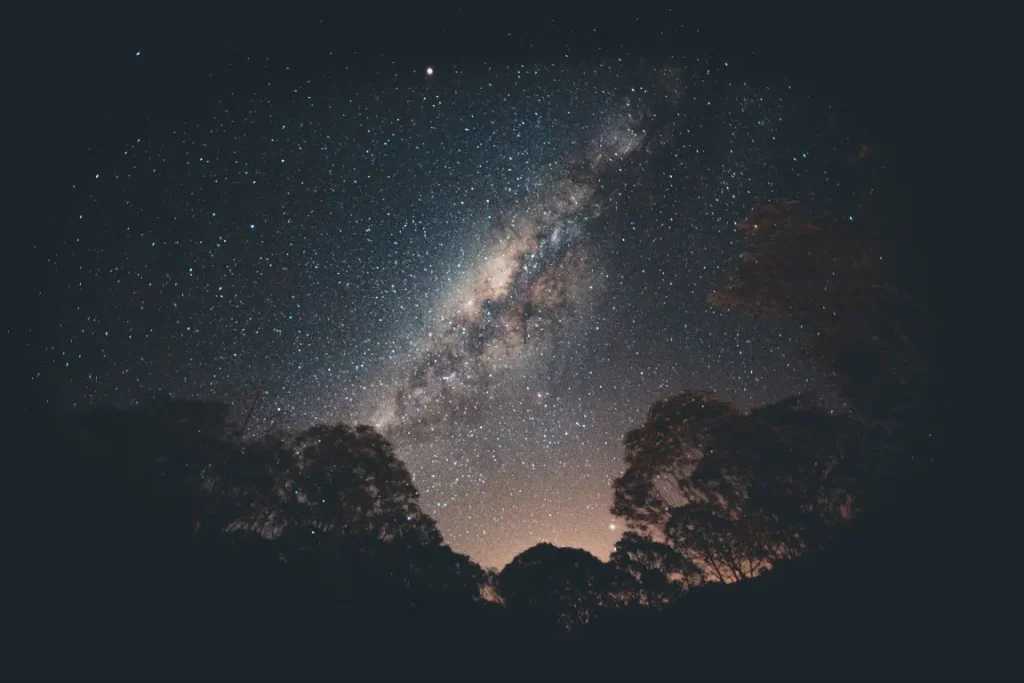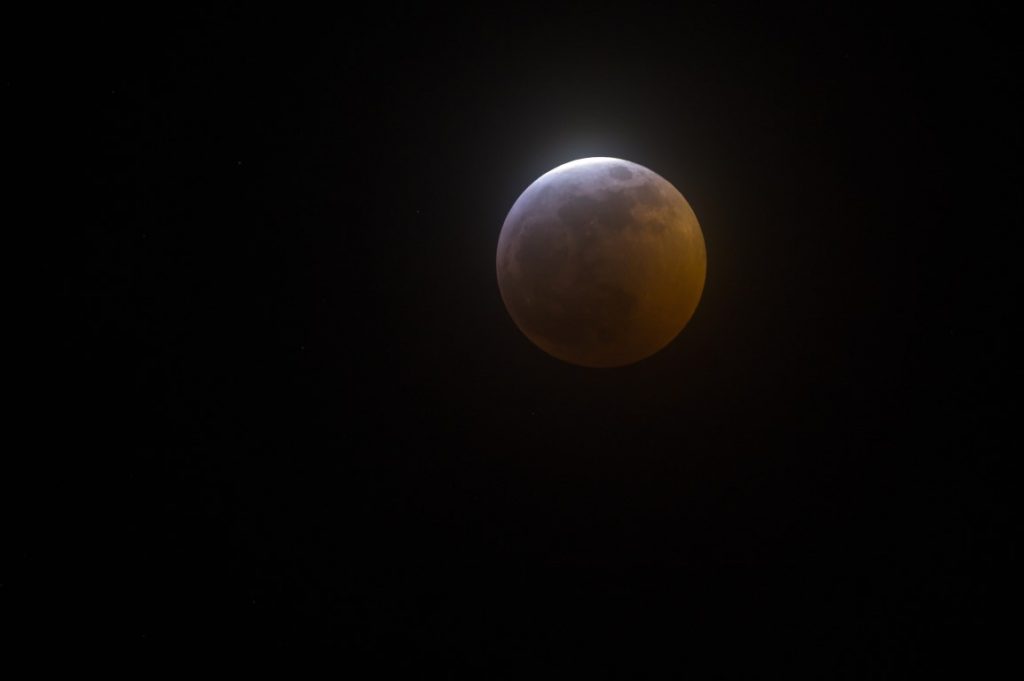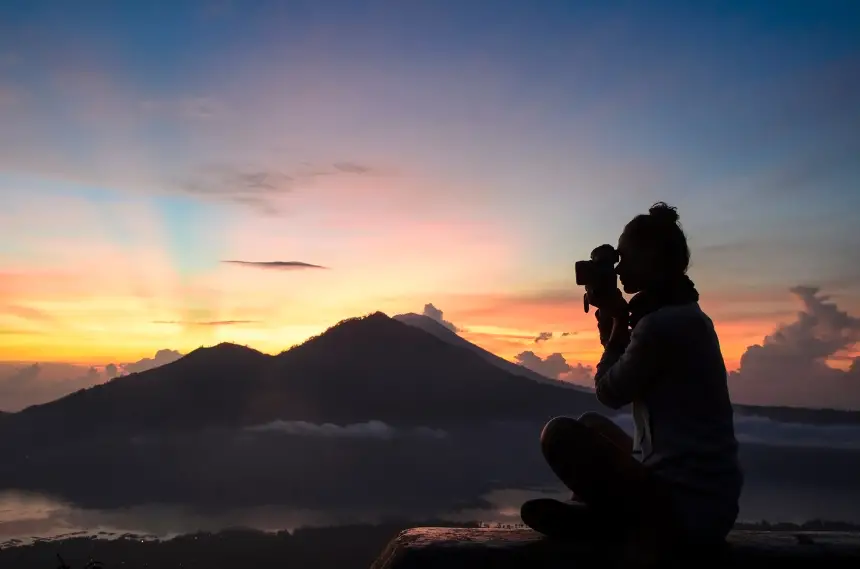
The Canon EOS M50 is particularly customized for astrophotography. The responsiveness in the red spectrum is four times stronger than the standard version. The guarantee remains valid since the transition is carried out through Canon Service.
Astrophotography With Canon M50
It is well known for its ease of use and efficiency while taking images and films in natural light. What is surprising is how good night shots are taken with the Canon EOS M50.
- Make Sure You Have All The Essential Tools
You undoubtedly already have the Canon M50 or M50 Mark II in your possession if you are here. Or else, you may be planning to buy one.
Anyhow, If you want to pursue astrophotography, you will need additional tools.
You will need a tripod to get started. Using frame rates above 15 seconds is common in astrophotography. The camera cannot be held perfectly still for that length of time, no matter how steady your hands seem to be.
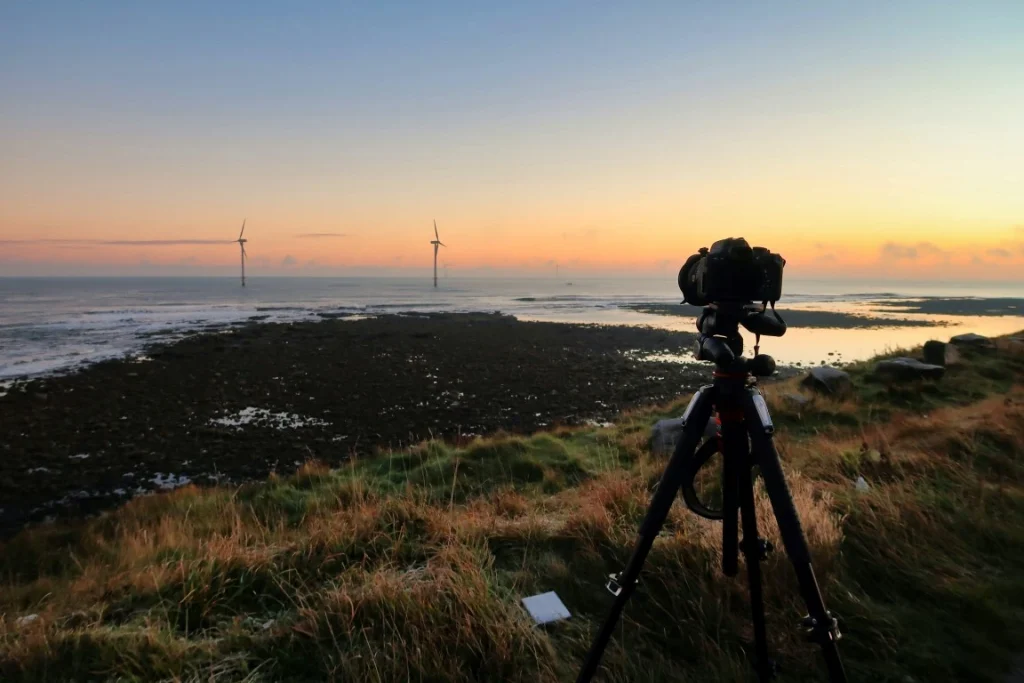
Squiggly stars will be produced by handshaking during lengthy exposures. You may obtain a tripod from Amazon, but do not skimp on the price since you get to pay for it when it comes to quality. It is possible to mount your camera on an inert item instead of a tripod.
You will also want a vital lens for your next photo shoot. Three things are required for night sky photography;
- a wide-open lens
- a long maximum aperture
- a focus indication for manual focus
You want the quickest aperture you can find when it comes to photography.
With a wide-angle lens, you will get a wider field of vision, which is always beneficial, and less star trailing. In addition, the maximum shutter speed we may employ is directly connected to the lens’s focal length.
Lastly, including a manual focus indication makes adjusting the focus to infinity, which we will do later, a snap. Although this lens falls short of our ideal, it meets two-thirds of our requirements, so investing in a new one is unnecessary.
- Choose A Date And Time
Humans do not usually cause light pollution. The moon is a possible source. All it takes for a photograph to be ruined is a brilliant full moon.
The outcomes of astronomical occurrences matter.
A superb shot is enhanced by the presence of meteor showers, comets, and auroras.
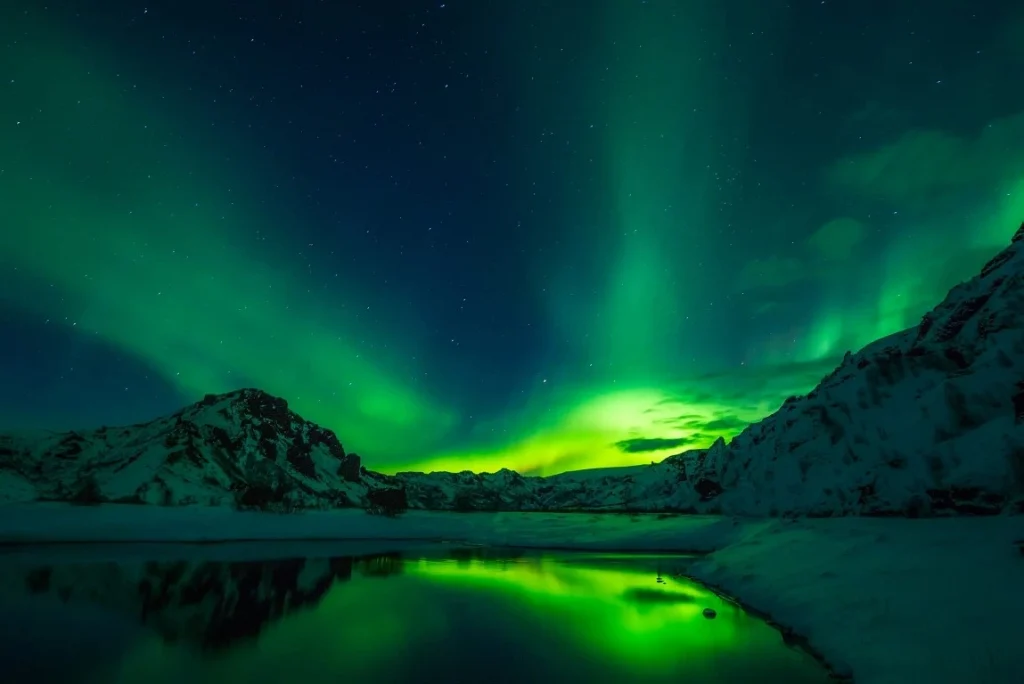
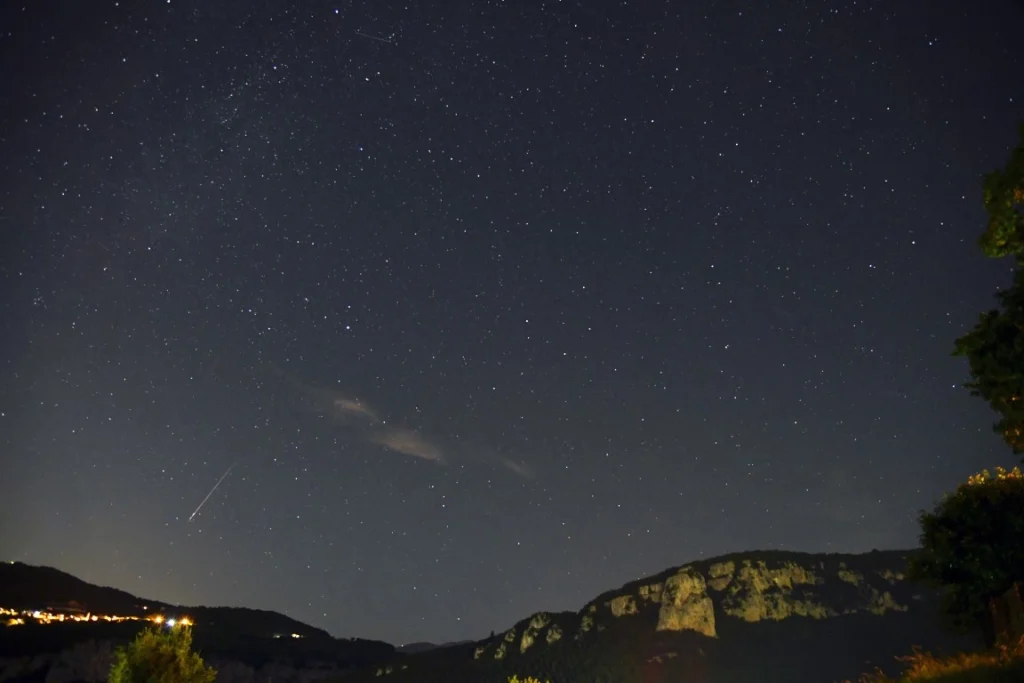
Make a note of any upcoming celestial occurrences and make your plans accordingly. You can find out when the next meteorite will be by checking this website.
Astronomers should take into consideration current constellations. However, if the weather is good and the moon is appropriate, we advocate taking the photo now rather than waiting many months for the correct constellation to arrive.
- Choose A Suitable Shutter Speed For Your Camera
Shutter speed selection is more challenging than you would think. There is a limitation to how much light we can let into our homes.
The shutter speed can’t be too long to avoid capturing the earth’s rotation. Instead of dots, stars will appear as lines.
These are known as star trails. For the most part, we wish to prevent star trails, even if they can be created intentionally.
The 500 rule may be used to determine the shutter we want.
To get the corresponding focal length of the camera/lens, multiply 500 by your camera’s filled equivalent focal distance.
If the camera were full-frame, the lens that goes with Canon M50 has a maximum focal length of approximately 15mm. Thus 500 divided by 35 is around 14. According to the 500 rule, we need a shutter speed of 14 seconds to capture this image.
Is The Canon M50 Good For Astrophotography?
If you are looking for a movie camera that costs less than $1000, the Canon M50 Mark II may be the finest choice.
Click the image of Canon M50 mark II below for the latest price

Do Professional Photographers Use Canon M50?
The Canon M-50 is an excellent entry-level camera for beginners to learn the basics of photography. Still, if you’re a professional photographer, the Canon M-50 isn’t up to being your primary camera most of the time.
How Do You Do Long Exposure On Canon M50?
The picture shutter remains open when using this mode as long as you’ve pressed the shutter button down. Use bulb exposures for nighttime vistas, pyrotechnics, astrophotography, and other long-exposure photography.
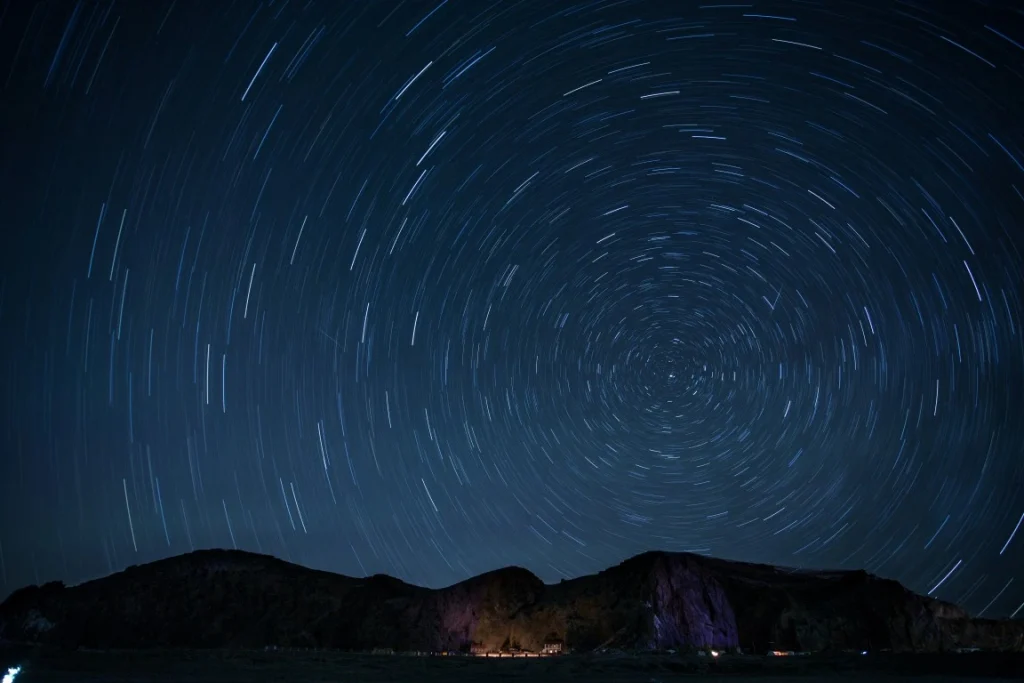
- The Mode dial should be set to Manual.
- [BULB] is the shutter speed.
- To [SET BULB], turn the Dial to the left.
- Adjust the aperture accordingly.
- To adjust the aperture, press the Up key and then spin the Dial.
- As long as you maintain pressing the shutter button down, the exposure will continue.
- Time elapsed in exposure is displayed on the screen.
Good Astrophotography Lenses For Canon M50
- Sigma 16 mm f/1.4 DC DN Contemporary
It does not matter what kind of photography you are interested in; Sigma’s new line of lenses has impressed photographers worldwide. Canon has developed a range of lenses dubbed Contemporary for cameras with APS-C sensors, such as the EOS-M series.
The f/1.4 maximum aperture of this lens puts it far above the others. The focal length is slightly longer than usual for wide-angle astrophotography, at slightly under 26 mm (35 mm equivalent).

You can click the image to find the latest price.
- Samyang XP 14mm f/2.4 for Canon EF
Check out these additional lenses if you already have the Canon EOS M converter to utilize EF-mount lenses. As with the original Samyang lenses, the new XP range of Samyang lenses includes an AE chip that communicates with the camera.
With its electronic aperture adjustment, you no longer have to utilize your camera’s complete manual settings, even if it is still a continuous autofocus lens.
If you’re interested, you can check for the latest price.
- Canon EF-M 22mm f/2 STM
Canon’s EF-M mount has just a few prime lenses, but one of them is a good option for astrophotography.
If you are looking for a wide-angle lens, this one is not it; the 22mm field of view is as wide as a typical 35mm lens. Due to its tiny size, this is an excellent lens for taking pictures while on the go.
At f/2.0, it is also shockingly quick for a camera of this size. Like a lens that could do it all, this one could be just up your alley.
Check the latest price of Canon EF-M 22mm f/2 STM.
Having a complete idea of astrophotography lenses is a competitive advantage. Therefore I think already you taken this advantage by reading the article on the best astrophotography lenses.
Canon M50 Astrophotography Settings
The ISO range of the Sony M50 is 100-6400. The higher the ISO, the brighter the shot will be.
Please remember that increasing your camera’s ISO does not improve the quantity of light it captures.
Noise results from utilizing a high ISO setting to brighten a shot artificially. Additionally, an effect of light pollution known as “sky shine” may be amplified when ISO is raised.
- Focus On Infinity
Infinity focus is a technique for focusing on distant things. Infinity focusing is made simple by the presence of manual focus markers on many lenses. Unfortunately, this is only found on high-end lenses and not on the camera’s standard lens.
The good news is that focusing on a distant object such as the moon may get you near infinity without losing all hope.
- Take A Picture
The last step is to snap a picture. Mountains or woods might serve as a good foreground for your photo. There is nothing special about a snapshot of the sky. It may take many attempts to get the photo’s framing just right.
We suggest temporarily decreasing the shutter speed until you have appropriately framed your shot since our fourteen-second exposure may make this time-consuming.
Connect Canon M50 To Telescope
A T-Ring that latches onto the film camera like a lens and an adapter that fits onto the T-Ring is the only two components needed to connect the Canon M50 to your telescope. The original adapter is put into the telescope’s focus tube like an eyepiece.
Get more about Canon M50 to telescope adapter by referring this video.
Canon M50 Telescope Adapter
· Viltrox EF-EOS M Electronic
This adapter can transfer EXIF signals to your camera and show the current information on the camera’s LCD. Your EF and EF-S lenses may now be used on the EOS M system thanks to this adapter’s matching design and robust, dust- and water-resistant construction.
· PLOTURE Flash With LCD Display Adapter
There are various ways to look at astrophotography, but one of the most exciting and approachable is just a landscape. A tripod and a wide, quick lens are essential. Then, all we want is to go out there and give it a shot.
Conclusion
However, the most enjoyable and most approachable astronomical photography is only a specialized form of landscape photography of the night sky. A tripod and a fast, wide lens are absolute needs. It is then just a matter of going out and going.
Justin Parker is a professional photographer and has been in the industry since 2007. He attended the University of Georgia. Justin combines his passion for photography and his interest in writing to give life to this blog which talks about photography in order to help and inspire young photographers.

